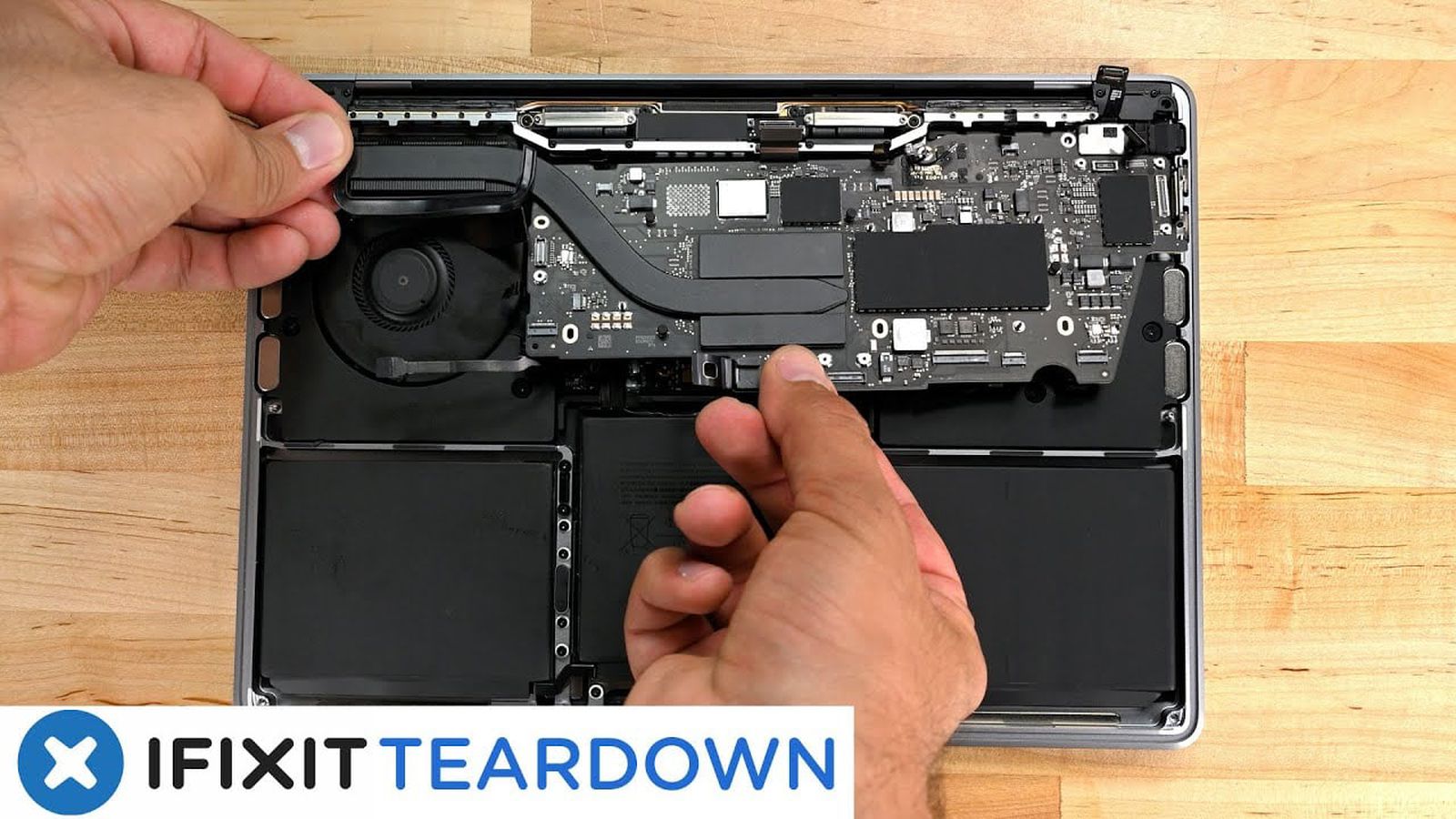iFixit Tears Down 13-Inch M2 MacBook Pro
Juli Clover
MacRumors
Apple last week launched the first M2 Mac, the 13-inch MacBook Pro, and repair site iFixit picked up the new machine to do a traditional device teardown.
Design wise, there's not a lot for iFixit to say about the M2 MacBook Pro because aside from the M2 chip, it is identical to the prior-generation MacBook Pro. It features the same chassis, Touch Bar, and display, with updates focused under-the-hood.
As expected, iFixit found almost every component to be the same, and couldn't identify any outward-facing changes. Inside, some of the chips and smaller components have been updated, but the rest of the interior is identical.
iFixit was able to pull the M1 and M2 boards out, fitting the M2 board in the M1 MacBook Pro case. Though the boards could be swapped, the M2 chip would not function in the M1 chassis because of the component swap. The trackpad, keyboard, and Touch ID sensor fail to function when the M1 and M2 chips are changed out.
As the M2 MacBook Pro components physically fit inside the M1 MacBook Pro, iFixit claims that Apple is making a "blatant attempt to block repairs and replacements through software locks."
Previous arguments for the lack of upgradeability between generations have centered around size considerations within the chassis or cost considerations or manufacturing limitations. So how do we explain this?
iFixit confirmed the design of the SSD, which has led to slower SSD benchmark performance on the 256GB M2 MacBook Pro compared to the 256GB M1 MacBook Pro. Apple is indeed using a single 256GB SSD chip in the M2 MacBook Pro, while the M1 used two 128GB SSD chips. Two SSD chips allow the system to read and write up to twice as fast because operations can be performed at the same time. It's not clear why Apple made this change, but iFixit speculates that it is the direct result of component shortages.
All in all, iFixit says that Apple missed an opportunity to introduce its first upgradeable device in a good long time, and that the company also missed the chance to set the tone for repairability and eco-friendly design by restricting interoperability.
Continue Reading